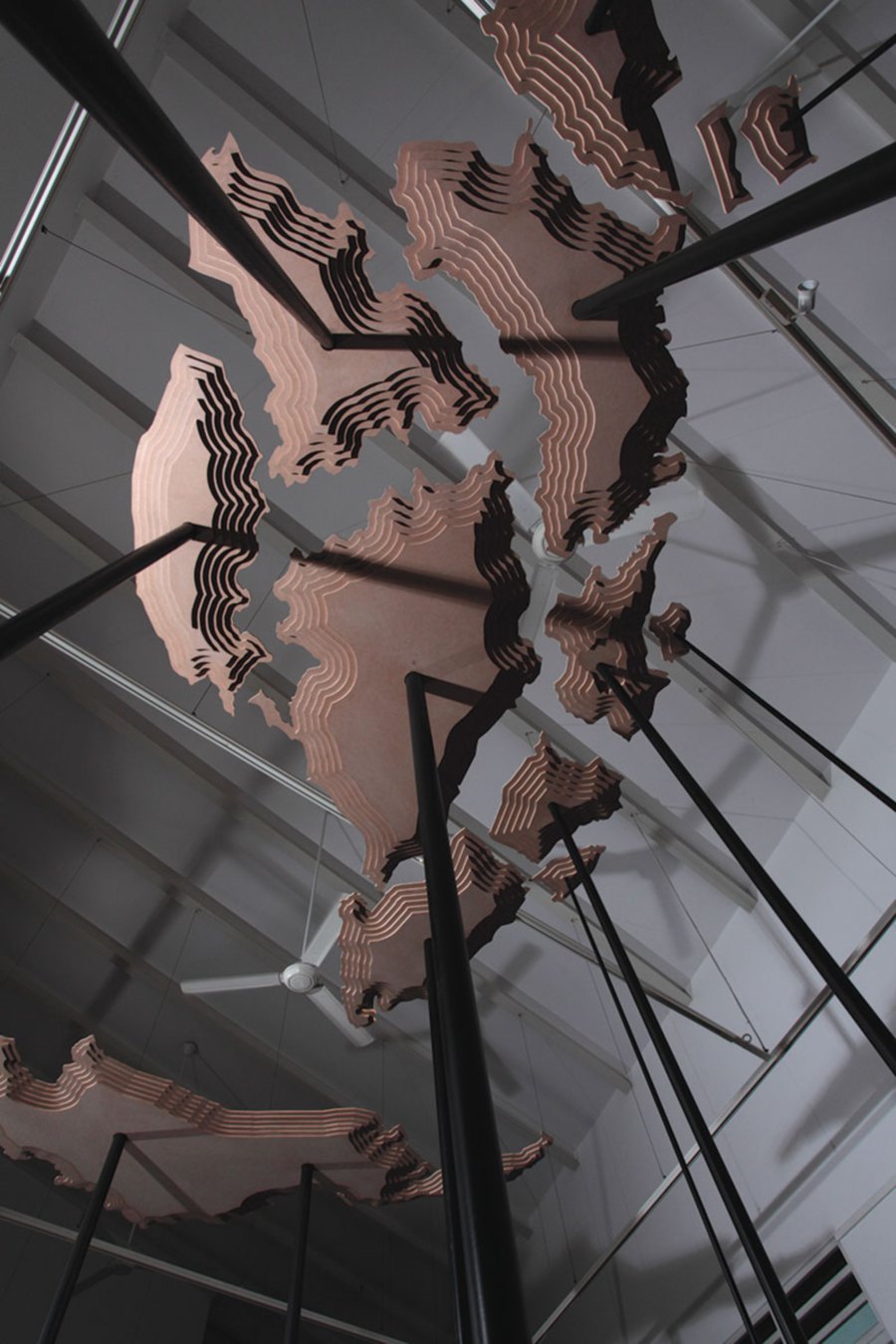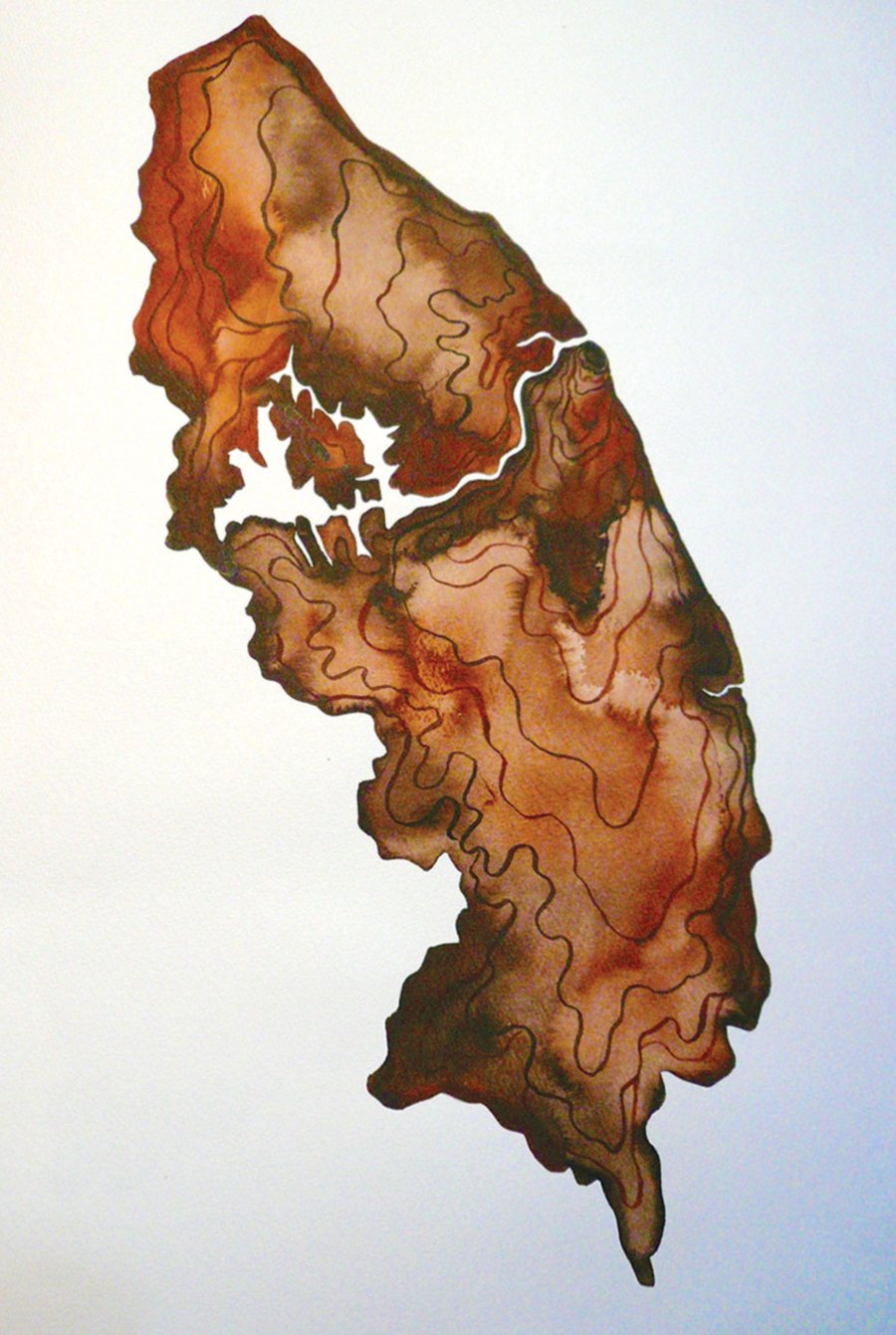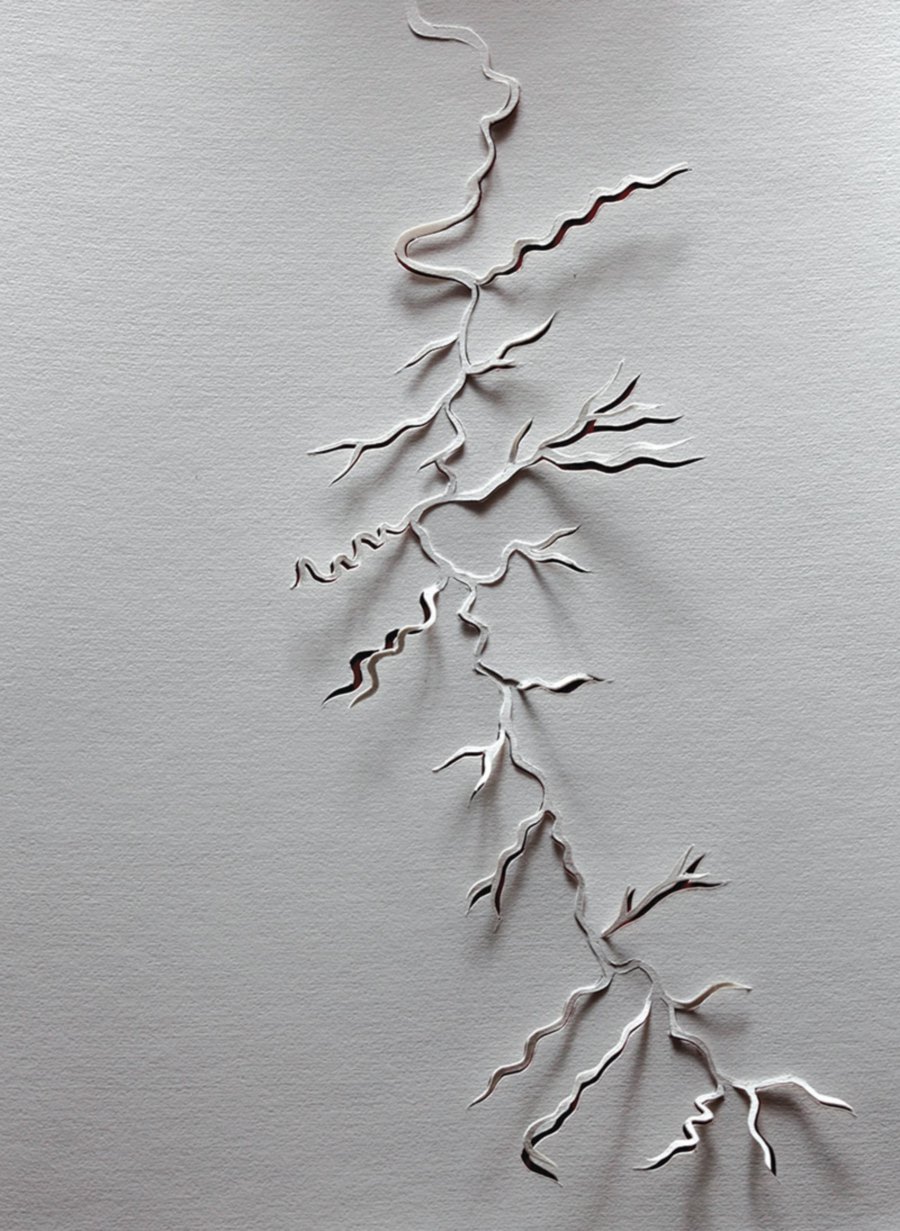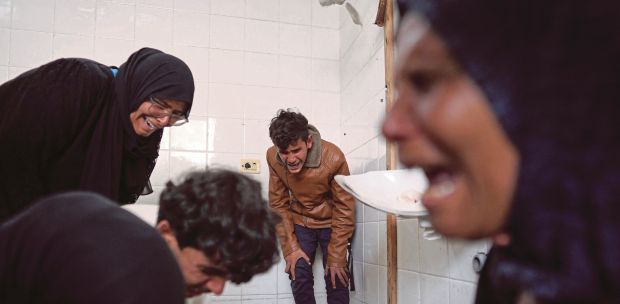THE first thing that comes to mind when I clap eyes on this show is just “how lonely and isolated” it is.
The wall pieces are arranged in perfect symmetry and each piece is of the exact same size. The one interactive installation of Malaysia’s map stands even lonelier in the middle of the room, its 14 parts fragmented and only vaguely resembling our country.
Fourteen states, yes, instead of 13. Bibi had wrenched Kuala Lumpur out of Selangor and made it its own independent state.
Bibi muses on her decision: “So much happens here in Kuala Lumpur. People come here to work, and to live; ‘she’ has become unbearable to be without”.
The jigsaw-puzzle map hovers above us, an unusual take but deliberately executed to give audiences alternative choices on how to view maps, topographical lines, boundaries and things which divide and unify.
What If opened in mid-May, and after a month of delightful audience-tampering, the map had come apart.
Meanwhile, Bibi’s made several attempts to put it back together just so it can be taken apart again. But no matter how many times she tried, it just did not look the same.
Sighing, she remarks: “It’s so easy to break things, but once it comes undone, it stays undone.”
The show has received much coverage, befitting an artist who has exhibited her works extensively, but has never mounted a solo. Almost everything that can be said about What If has been said.
Well, almost.
The best thing about reviewing a show that has been written about countless times is this: you get to ask the artist if she wished some things had been done differently, added or subtracted.
It seems that Bibi had originally wanted the Malaysia map to be placed in the courtyard, as space would have given the work a much wider breadth. But it wasn’t meant to be.
In retrospect, it would have been fantastic to see two versions of our country’s map; one placed inside, sheltered and pristine and controlled, whilst the other lies in ruins; battered and guttered and sullied.
In any case, we anticipate an expansion on What If for the upcoming Kuala Lumpur’s first Biennale this November.
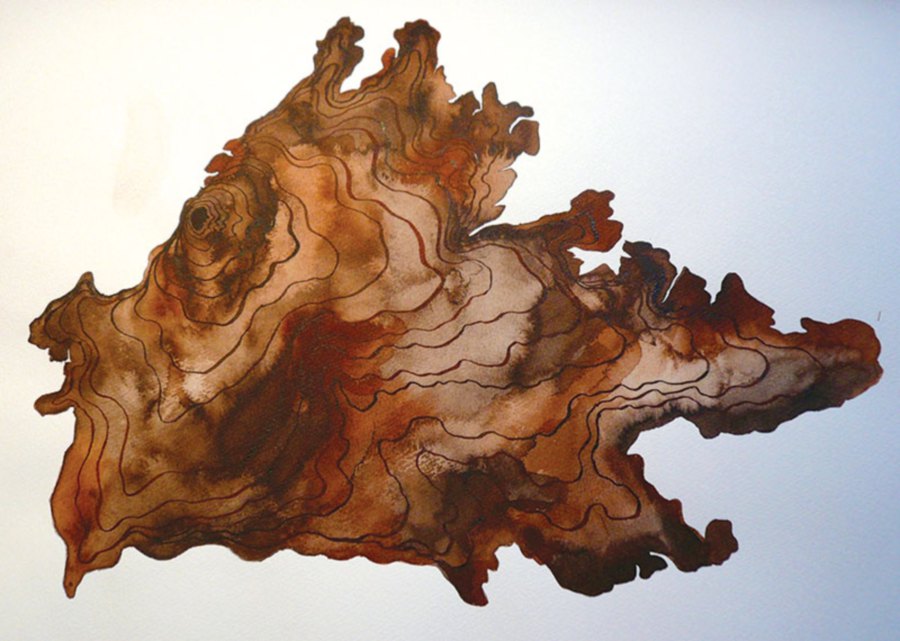
ENDLESS POSSIBILITIES
What If is about everything that’s flexible and dynamic, and those “dangerous” moments where all can suddenly change without warning or the slightest hints or signs.
It’s a splendid survey meant to provoke reactions, to challenge philosophies of property and possessions, of disfranchisement, of division and the sense of belonging, and, most of all, the ideas behind the works which ultimately become more important than the works themselves.
The artist elaborates: “You’ve heard it all in my past interviews — the intricacies involved in getting these works put together, the man-hours involved, and the whole drama of it all.
“But there’s one thing I’ve not said: There was supposed to be two views of the map, one seen from the top and the other from the bottom. But certain conditions proved this to be undoable. I’d have loved to see it realised though.”
Adding, she says: “But there’s time. And it will happen. Looking at this show, my head is filled with other ideas. My next plan is to merge the rivers and lands. I’m here at the gallery almost every Saturday, and each time, the map has been moved. I love this. The perfect map is now in shambles, an unplanned chaos.”
The artist’s life has been anything but ordinary, much like her works. Educated in Singapore’s LASALLE College of the Arts, she marched straight to the Royal Melbourne Institute of Technology soon after and completed her formal art education.
She returned home in the late 90s and began teaching at The Malaysia Institute of Art where she still lectures today.
From her animated conversations about her students, you can immediately tell she loves her role as an educator, and is fiercely loved in return.
Bibi speaks of having a “closing ceremony” where she’ll be able to invite those who attended What If’s opening and have an informal discourse with her audiences.
We hope this happens from this artist so driven by the words “what if” — inspired by her 8-year-old daughter who begins almost every sentence with that phrase. But also, we want to know more of her works which are based on a gift for precision, one that’s grounded in instinct and love.
There is always love. And in this last week of her wonderful debut, we invite you to see What If. And if you have seen it, to see again, a show of penetrating intentions that have taken on varied profiles and become a story of its own telling.
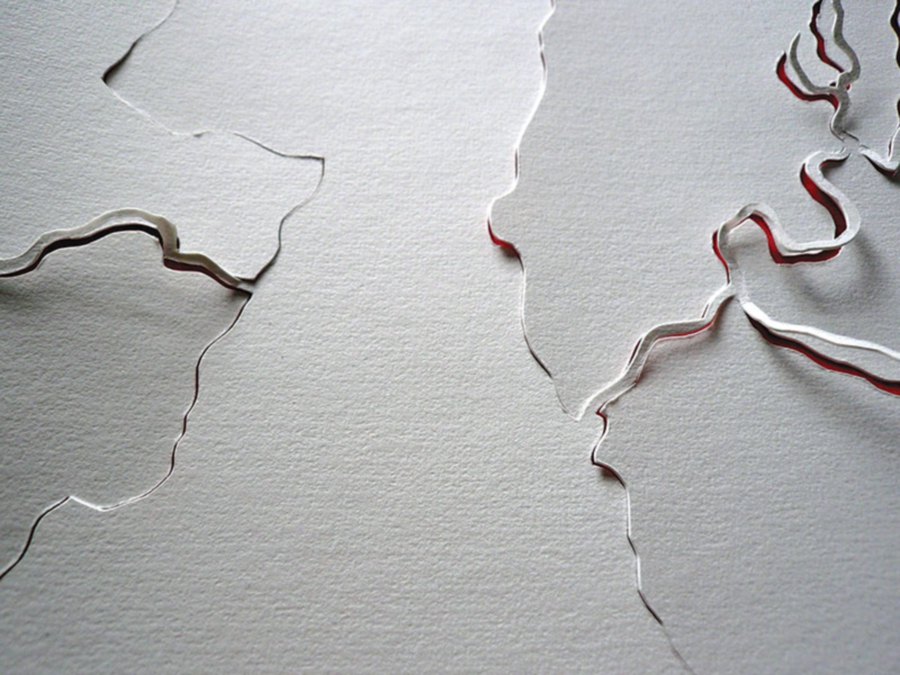
What If
When Until July 15. Tuesday-Saturday (11am-7pm). Public holidays, by appointment.
Where 8 Lorong 16/7B, Section 16, Petaling Jaya, Selangor

About the artist
BIBI CHEW (b. 1969, Malaysia)
Moved by ideas of cultural identity, Bibi Chew takes on challenging issues of race, environment and gender, creating commentary through familiar objects. She has carved, stitched and layered pieces into a united form. Her work speaks of a delicately controlled self with underlying hidden meanings.


